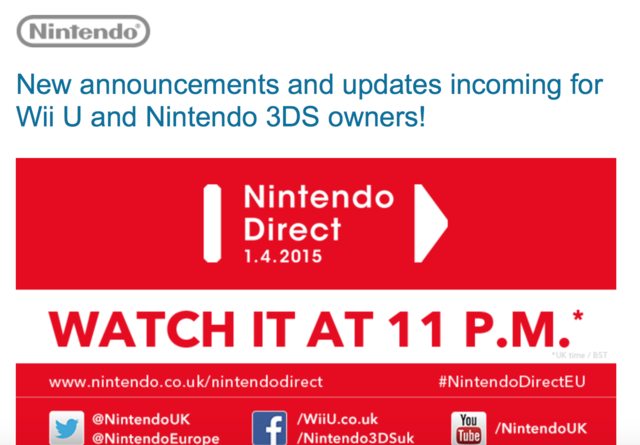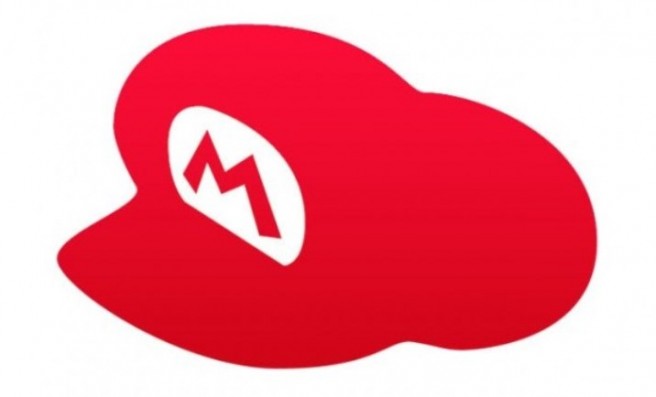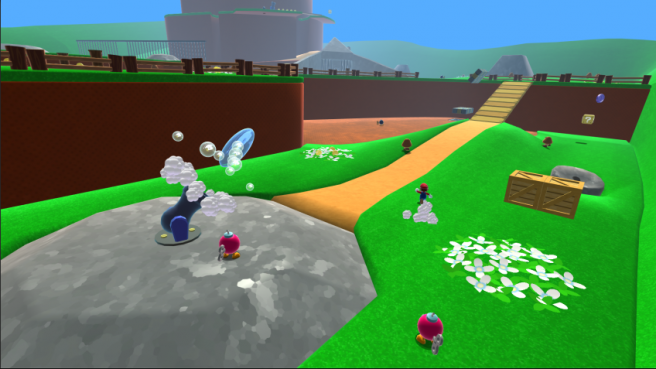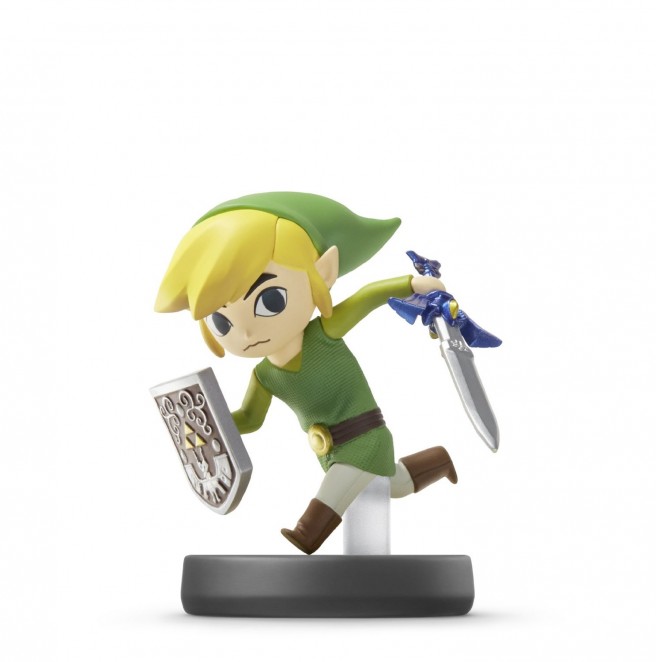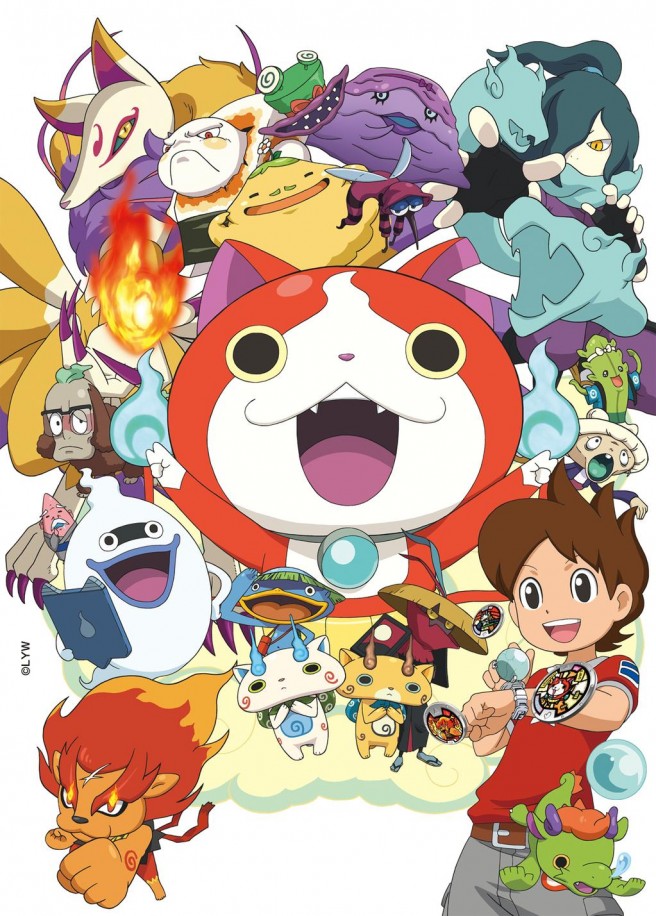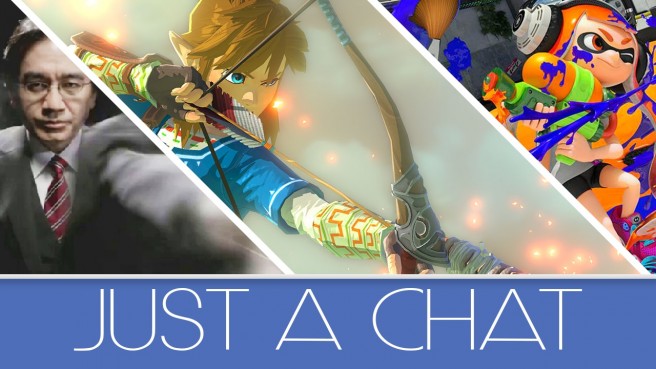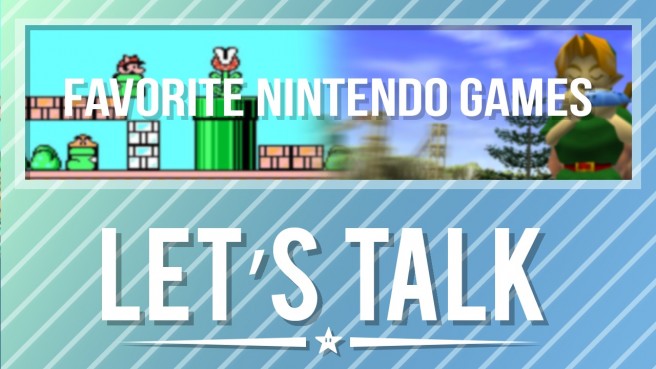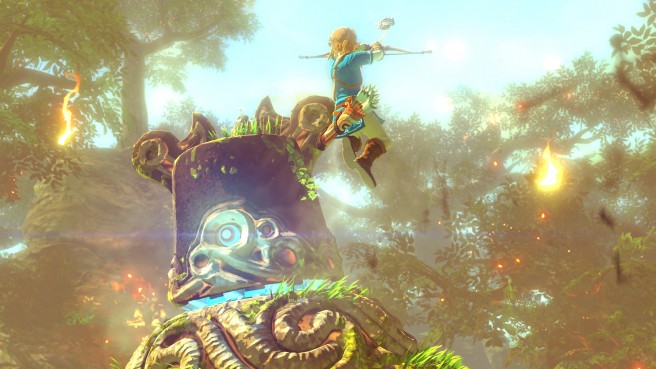New Nintendo Direct will focus on games releasing through summer, new announcements, no NX or mobile
Posted on 10 years ago by Brian(@NE_Brian) in 3DS, General Nintendo, News, Switch, Wii U | 25 Comments
Nintendo put up its Japanese page for tomorrow’s Nintendo Direct, and it shares some insight into what we should and shouldn’t expect from the presentation.
In terms of what we’ll be hearing about, Nintendo will be discussing titles releasing through the end of summer. That indicates that we’ll be getting updates on Xenoblade Chronicles X, Splatoon, Fire Emblem If, and Rhythm Heaven 3DS – at least during the Japanese stream.
Meanwhile, Nintendo UK pushed out an email (see above) to fans a short while ago suggesting that there will be new announcements. That shouldn’t be shocking in any way, but it’s nice to have a confirmation!
Lastly, we know about two things Nintendo will not touch on: NX and mobile. It’s specifically stated on the Japanese Nintendo Direct page that neither of these two items will be mentioned.
More: Nintendo Direct, top
Bandai Namco opens up 17 IP to domestic creators
Posted on 10 years ago by Kirara Koneko(@KiraraKoneko) in General Nintendo, News | 2 Comments
Bandai Namco has announced that it will be opening up 17 of its IP to allow creator access to its roster of characters. The “open project” will begin in late April and will allow creators to use specific characters without supervision as long as they agree to a simple project review.
The list of IP included in the program are as follows:
Pac-Man
Galaxian
Xevious
Mappy
Galaga
DigDug
The Tower of Druaga
Battle City
Star Luster
Tower of Babel
Adventure of Valkyrie
Sky Kid
Dragon Buster
Shadow Land
Genpei Toma Den
Wonder Momo
Wagan Land
More: Bandai Namco
Last chance to earn coins, register Smash Bros. for Mewtwo DLC on Club Nintendo
Posted on 10 years ago by Brian(@NE_Brian) in 3DS, General Nintendo, News, Wii U | 13 Comments
We’re one step closer to the end of Club Nintendo. Once tomorrow has passed, you won’t be able to earn coins on the website any longer. Make sure to finish up any product registrations you have!
The Gold and Platinum rewards should hopefully be announced later this week. After that, there’s not much to look forward to. Mewtwo DLC is coming sometime this spring (make sure you register Smash Bros. Wii U and 3DS before tomorrow ends), and that’s about it! But hey, Club Nintendo had a good run. And we’ll be receiving a new loyalty program down the road.
More: Club Nintendo, top
Nintendo starting to crack down on fan-made Super Mario 64 HD remake
Posted on 10 years ago by Brian(@NE_Brian) in General Nintendo, News | 82 Comments
Nintendo is trying to put the kibosh on the fan-made Super Mario 64 Unity/HD remake. You may have noticed that one site, which previously hosted a playable browser demo, was slapped with a copyright infringement claim.
I suppose one bright spot is that the original remake post is still up and running on the creator’s website. It’s just tough for fan projects to survive when they’re based on content from game-makers!
More: fan project
Amazon has a few amiibo for $10
Posted on 10 years ago by Brian(@NE_Brian) in General Nintendo, News | 5 Comments
There are a few amiibo on sale over on Amazon. Toon Link, Bowser, Mario, Zelda, Luigi, and Diddy Kong can be had for $9.74. Each one of these figures are from the Smash Bros. line.
You can visit this page this page to find all of the amiibo on sale on Amazon. This will probably last until the end of the week, or until supply runs out.
VIZ Media to distribute Yo-Kai Watch anime in Europe
Posted on 10 years ago by Brian(@NE_Brian) in General Nintendo, News | 3 Comments
VIZ Media will be distributing the Yo-Kai Watch anime in Europe, the company announced today. Specific details were not shared, but we’ll be hearing more “soon”.
VIZ Media wrote on Twitter:
Japan HIT anime Franchise : Yo-kai Watch … coming soon to Europe w/ #vizmediaeurope #yokaiwatch – More infos soon pic.twitter.com/j2jMr794BR
— VIZ Media Europe (@VIzMediaEurope) March 30, 2015
Of course, the big piece of the Yo-Kai Watch puzzle we’re missing is a localization announcement for the games. Hopefully that will happen soon!
More: anime, Europe, Level-5, Yo-kai Watch, Youkai Watch
[Just a Chat] Zelda Wii U delay, Iwata comments, Splatoon update, Smash Bros.
Posted on 10 years ago by Brian(@NE_Brian) in 3DS, General Nintendo, Just a Chat, Wii U | 22 Comments
I had a set plan in place for this week’s Just a Chat, but everything changed when Nintendo announced a delay for Zelda Wii U. That’s the big story for this week’s discussion. Still, Daan and I get around to some other topics as well, including tidbits from Satoru Iwata, Splatoon, and Smash Bros.
Stuff:
Brian’s Twitter
Daan’s Twitter
Tell us about your favorite Nintendo game here!
[Let’s Talk] What is your favorite Nintendo game?
Posted on 10 years ago by Brian(@NE_Brian) in General Nintendo, Let's Talk | 65 Comments
It’s been awhile since I last hosted a Discussing Everything session. There’s a reason for that: I’ve been thinking about how to proceed with it going forward. I believe I’ve found somewhat of a solution, though that means ending Discussing Everything to pave the way for something else.
This is where Let’s Talk comes in. I know – it’s another incredibly uncreative name for one of our features. Despite that, I’m hoping that we’ll be able to generate some interesting discussions with this new initiative.
The idea behind Let’s Talk is actually very simple. Each week, we’ll have one post dedicated to a particular topic – almost like a forum post. I’ll kick off the discussion in the main post, and then you guys will be able to follow up with your own thoughts in the comments. I’ll be replying to some of the responses, and other staff members may chime in as well. You guys can also respond to each other comments.
Basically, I’m trying to generate focused discussions. I also want Let’s Talk to be a place where everyone can interact with each other in a positive manner!
So why should you participate? Well, for one thing, hopefully you’ll find it entertaining! If you love talking about Nintendo like me, perhaps some of the topics we bring up will interest you. We’ll also be selecting at least one response per week that will be highlighted in the following week’s post.
With that out of the way, let’s move on to this week’s topic!
Let’s Talk #1: what is your favorite Nintendo game?
Note: we’re opening things up, so this can be any game made for any Nintendo system.
I’ll get things started. This answer tends to change for me occasionally. Sometimes I feel like I’d go with games like Super Mario Galaxy 2 or Xenoblade. But when it comes down to it, I’d have to choose The Legend of Zelda: Ocarina of Time.
Ocarina of Time is really what jump-started my interest in gaming. For one thing, it was the first console title that I truly owned and completed on my own. I’ll never forget going to Best Buy and picking up my GameCube, which included with a copy of The Legend of Zelda: Collector’s Edition (it also came with a CD player – random, right?). Even though it was technically a N64 title, my brain didn’t really know that, and I was very impressed with the graphics at the time. Getting immersed in the world, travelling across Hyrule, and taking on the various dungeons still fills me with plenty of memories. Like many players, it was amazing stepping into Hyrule Field for the first time!
Now it’s your turn. What is YOUR favorite Nintendo game? You can choose to do whatever pleases you with your response. It can be short, long, or anything in between. Whatever! Just go for it. Let’s have a nice discussion and talk about the games we love!
I’ll be checking up on the comments over the next few days. We’ll be featuring one of your responses in next week’s post, which will also include a new topic to talk about!
Target: B1G1 50% off games, 25% off toys-to-life figures sales now live
Posted on 10 years ago by Brian(@NE_Brian) in 3DS, General Nintendo, News, Wii U | 11 Comments
Two new sales are live over on Target. First, you can purchase one game and get another at 50 percent off. Target has also reduced toys-to-life figures by 25 percent (amiibo, Disney infinity, and Skylanders). These deals should be valid in-store as well.
Nintendo shares statement on Zelda Wii U delay, will focus on 2015 games at E3
Posted on 10 years ago by Brian(@NE_Brian) in General Nintendo, News, Wii U | 101 Comments
Yesterday, Zelda producer Eiji Aonuma shared news that the series’ new entry on Wii U has been delayed. IGN managed to get a comment out of Nintendo, and while it’s mostly rehash, it’s somewhat interesting.
Here’s the full statement:
As Mr. Aonuma announced, The Legend of Zelda game for Wii U is no longer targeted as a 2015 release. Rather than sticking to a specific schedule, the team wants to make this the most complete and the best game it can possibly be. The new launch timing has not yet been determined. Because we’d like to focus on developing the game, we aren’t planning on showing it at this year’s E3, where we will be highlighting games launching in 2015. We will let you know when we’re ready to share more specifics.
The last part of that statement is pretty noteworthy! Nintendo’s E3 2015 lineup is focusing on titles coming out this year, so we may not see much of what’s in store for 2016.
